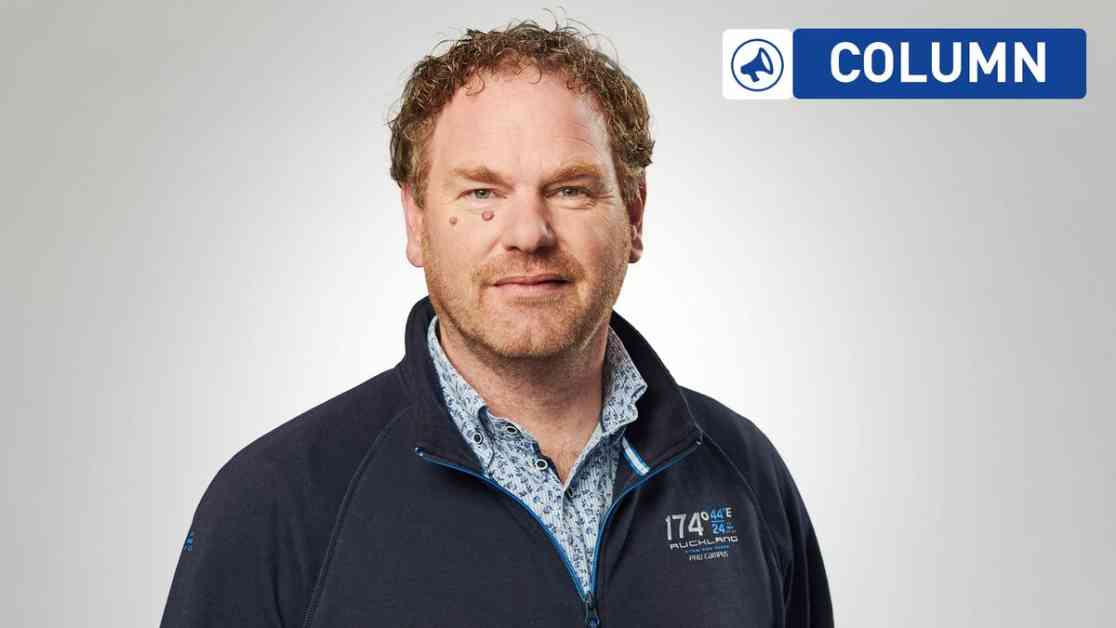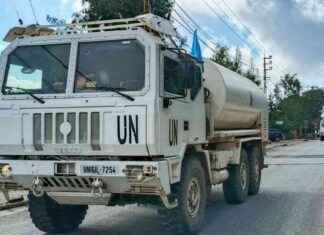the Danes, both the use of insects as animal feed and as food.
Such is the vision of the company is HUGE, which has just received support from the environmental protection Agency for a new project, which aims to realize the first industrial insektproduktion. the
the environmental protection Agency has committed to support the project with up to 15.9 million dollars, and the goal is that in four years must be a finished factory ready, which can produce 30 tonnes of live larvae daily, which must end up as an environmentally friendly and sustainable fish feed.
– It will be a relatively big factory with processing on site, so the project in a scale that has not previously been seen in Denmark or the rest of Scandinavia for that matter, says Jane Lind Sam, communication director at HUGE, which was established in 2016 as a fødevarebrand.
HUGE is the main player in this ambitious project, but to collaborate with DTU Aqua, the Danish Technological Institute, Aller Aqua, Hanneman Engineering and Champost.
the Project, which has a total budget of 65 million, is intended to demonstrate how the residues from, for example, the food industry can be used effectively in insektproduktionen. The project must examine how insektprodukterne can be integrated into fish feed.
– One of the products, we are going to make, is a insektmel, which is comparable to that of fishmeal. It can be used as proteiningrediens in the fodder for the fish and in the long term, also for pigs and poultry. We could thus get into and replace for example fish meal, which Neyine today is reaping the oceans to produce, and in this way affect the sustainable development in a positive direction.
But with the HUGE is the vision not just to insects to be used in animal feed, they must also find the way directly to the forbugernes plates.
– you Could skip the links in the chain and just eat the larvae though, so it would be the ultimate resource, says Jane Lind Sam and adds:
– There are no health risks by eating insects, and if we look 25 years back, people seemed too, it was crazy gross to eat raw fish. It is just a matter of getting used to. You don’t change a culture from one day to the other, so we have to be patient, she says.
the Black Soldier-fluence the larvae can live on virtually all organic materials and on relatively wet substrates, why many residues from agriculture and the food industry can be used in the production. Photo: HUGE
According to Jane Lind Sam is the project of an industrial insektproduktion an important step in the direction of get danes to eat insects, because it will reduce the cost of production considerably.
– The biggest barrier to getting kicked once in the edible insects have been that the price is too high. As long as the insects cost more than tenderloin, it’s really hard to get out of the ramp with the project, she explains.
In the long term hope Jane Lind Sam, the sustainable instekter will be able to replace many of the proteins, which today constitute a huge load for, among other things, the climate.
– I hope that you can go in and replace so many of the environmental proteins as possible with sustainable proteins. But it is not only HUGE, that can carry this task, no matter how big ambitions we have. A production of 100 tonnes of live larvae on day will only be a drop in the ocean compared to the demand there is. But we have a dream, that this concept must be introduced in the global market subsequently.
the Project will start 1. January 2019 and will run over the next four years.








